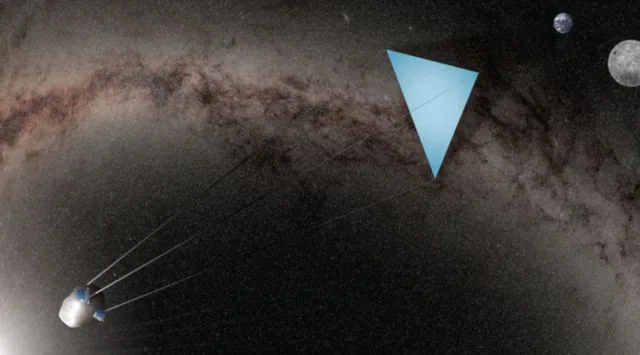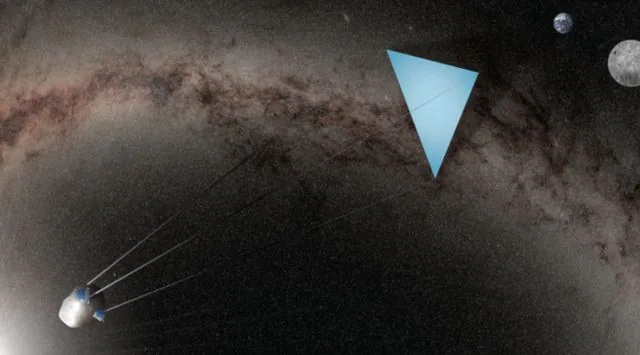As the impacts of climate change become increasingly severe, scientists worldwide are exploring innovative and bold strategies to mitigate its effects. In a groundbreaking initiative, researchers have proposed using a colossal ‘sun umbrella’ linked to an asteroid as a potential solution to combat climate change. This audacious concept aims to regulate Earth’s exposure to solar radiation, ultimately reducing the overall global temperature and its disastrous consequences.

The ‘Sun Umbrella’ Concept
The concept of a ‘sun umbrella’ revolves around positioning a massive structure between the Sun and the Earth to partially block solar radiation from reaching the planet’s surface. Scientists envision a spacecraft that would be tethered to a strategically chosen asteroid, which would serve as a counterbalance to the umbrella’s weight. This innovative approach intends to regulate the amount of sunlight reaching the Earth, effectively creating a cooling effect that could offset the escalating temperature rise caused by greenhouse gas emissions.
Mechanisms and Benefits
The ‘sun umbrella’ proposal hinges on the principle of solar radiation management (SRM), a geoengineering technique aimed at managing the Earth’s energy balance. The sunshade would be constructed from lightweight materials with reflective properties, such as mylar or aluminum. These materials would help reflect a portion of sunlight back into space, reducing the total solar radiation absorbed by the Earth’s atmosphere.
One of the key advantages of this approach is its scalability and reversibility. Unlike conventional solutions like aerosol injections or cloud seeding, which may have unforeseen side effects, the sun umbrella concept allows for precise control over the amount of sunlight blocked. If deemed necessary, the intervention can be adjusted or reversed, thereby minimizing potential risks and uncertainties.
Mitigating Climate Change Impacts
Climate change is already causing a range of devastating consequences, including extreme weather events, rising sea levels, and disruptions to ecosystems. The ‘sun umbrella’ proposal offers hope by potentially offsetting some of these impacts. By lowering the Earth’s overall temperature, the scheme aims to slow down the rate of ice melting in polar regions, thus reducing the threat of sea-level rise and safeguarding vulnerable coastal communities.
Moreover, this novel solution may help stabilize weather patterns and alleviate the intensity of heat waves and droughts experienced across various regions. Such changes could provide a crucial respite for agriculture, enhancing food security and reducing the strain on water resources.
Ethical Considerations and Potential Risks
Despite its innovative appeal, the ‘sun umbrella’ proposal raises numerous ethical and environmental concerns. One of the primary concerns revolves around the potential disruption to ecosystems caused by altering the amount of solar radiation reaching the Earth’s surface. The delicate balance of ecosystems relies heavily on sunlight, and tampering with this balance could have unpredictable consequences for biodiversity.
Additionally, geoengineering projects like the ‘sun umbrella’ may divert attention and resources away from crucial efforts to reduce greenhouse gas emissions at their source. While the proposal could offer short-term relief, it should not replace essential long-term strategies to transition to sustainable energy sources and reduce carbon emissions.
The proposal of a ‘sun umbrella’ tethered to an asteroid presents a revolutionary approach to mitigating climate change’s impacts. This bold idea reflects the urgency of the climate crisis and the need for innovative solutions. While the concept shows promise, it is crucial to proceed with caution and rigorous scientific evaluation.
As we contemplate the possibilities of geoengineering, it remains imperative to prioritize sustainable and eco-friendly strategies for mitigating climate change. Ultimately, the ‘sun umbrella’ concept should complement rather than replace efforts to reduce greenhouse gas emissions and promote global climate resilience. Only through a comprehensive and balanced approach can we secure a sustainable future for our planet and its inhabitants.













